Shoes are special coverings for our feet. They come in many styles, like sneakers, sandals, and boots. Shoes help protect our feet and keep them comfortable when we walk, run, or do different activities. In English, we use many words to talk about different types of shoes. This lesson brings you a visual guide to the names of shoes, making it easier to grasp this essential vocabulary.
🗣️ Learn the British pronunciation of the words
Names of shoes with pictures and definitions
Slingback
A woman's shoe that has a strap around the back of the heel, leaving the heel area open
Mule
A woman's shoe that is open around the heel
Court shoe / Pump
A woman's formal shoe with a low-cut front, usually with a medium to high heel.
Flats / Flatties
A shoe that has a very low or no heel
Clog
A shoe that has a thick wooden sole and a closed toe. It may have an open or partially open back.
Stiletto
A high-heeled shoe with a tall, thin, and pointed heel
Wedge
A shoe with a sole in the form of a wedge
Platform
A shoe that has a thick sole that elevates the entire foot
Kitten heel
a woman's shoe that has a short slender heel
Derby
a man's leather shoe that is characterized by its open lacing system
Oxford
a man's leather shoe that is characterized by its closed lacing system
Monk shoe / Monk strap shoe
a man's leather shoe that fastens with a strap and buckle, instead of traditional laces
Loafer
a flat leather shoe without a fastening
Moccasin
A soft shoe with a flexible sole and no separate heel
Boot
A shoe that covers the foot and extends up the leg
Chelsea boot
An ankle boot with an elastic side panel
Cowboy boot
A distinctive style of boot, traditionally worn by cowboys and cowgirls
Army boot
A sturdy and durable boot that is designed for military use
Ugg boot
a warm and cozy boot made from sheepskin with a soft, woolly interior
Roller skate / Skate
A boot with small wheels attached to the sole, used for skating on flat surfaces
Lita
A high-heeled platform boot with a lace-up front
Laced booties
Short boots that have a laced or tied-up closure
Knee high boot
A boot that extends up to the knee or slightly below itWork boot
A sturdy and durable boot that is designed for demanding work environments
Rubber boot (U.S.) Wellington boot (U.K.)
A waterproof boot made of rubber or similar material that typically reaches the knee
Sneaker (U.S.) / Trainer (U.K.)
a light, comfortable shoe that we wear for sports or everyday activities
Old skool
a classic or retro-style athletic shoe
Baseball boot
Sandal
A light open shoe, especially worn in warm weather
Slipper
A comfortable soft shoe for wearing inside the house
Flip-flop
A flat sandal with a V-shaped strap that passes between the first and second toes
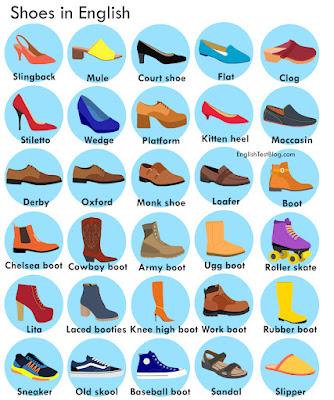














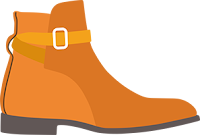
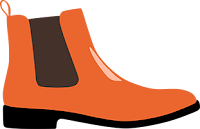
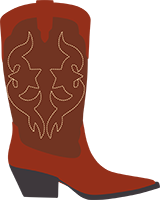
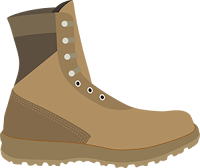


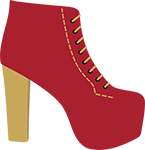
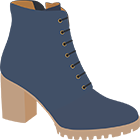









Comments
Post a Comment